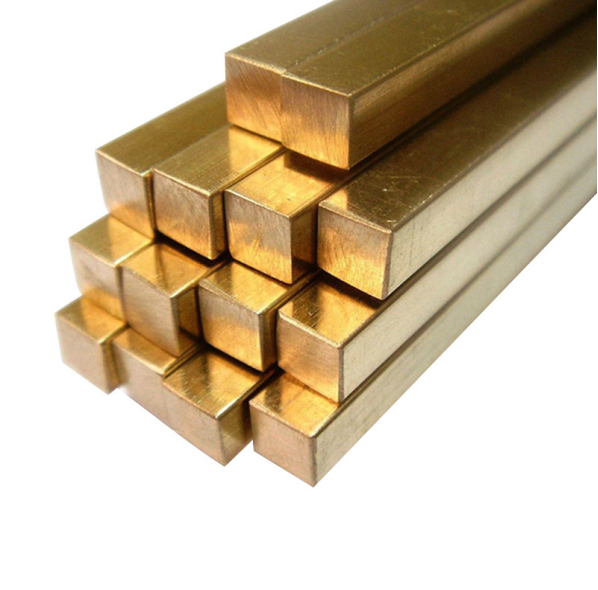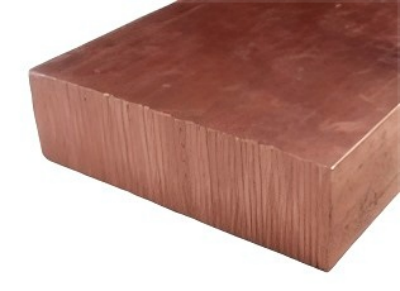Comparison of CNC Machining Materials
The information contained herein is typical values intended for reference and comparison only. They shall NOT be used as a basis for design specifications or quality control.
Brass C260
CorrosionResistant, Machinability
Brass is an alloy primarily composed of copper and zinc. This golden-hued material not only exhibits excellent weather resistance and corrosion resistance, but its tensile strength also rivals that of low-carbon steel, demonstrating outstanding mechanical properties. Brass boasts exceptional machinability, enabling it to support higher feed rates during processing operations such as cutting and stamping, while requiring minimal cutting fluid. This combination significantly reduces both processing costs and process complexity.
Copper C101
Durability, Thermal Conductivity, Conductivity
C101 copper, also known as HC copper (High Conductivity Copper) or more precisely, high-conductivity copper, has a nominal electrical conductivity of 100% IACS (International Annealed Copper Standard)—a benchmark level for conductive performance. It also features excellent high thermal conductivity, making it the preferred material for various electrical components (such as terminals) and conductors (such as power transmission busbars).
Furthermore, this material possesses high ductility (enabling easy complex forming processes like stretching and bending) and reliable impact resistance. While meeting the requirements for electrical performance, it can also accommodate the structural stability demands of mechanical processing and practical operating conditions, making it truly a high-quality copper material that combines multi-functional properties with practical value.AL6061
Corrosion Resistance, Economical, Machinability
As a versatile and widely used metallic material,aluminum 6061 alloy is well-known in the industrial field for its excellent mechanical properties and outstanding weldability. The designations “T6” and “T651,” as typical temper conditions of this alloy, correspond to specific heat treatment processes: the T6 process achieves strength enhancement through solution treatment followed by artificial aging, while the T651 process adds a pre-stretching deformation step on this basis to optimize residual stress distribution. The combined effect of these two processes significantly improves the material’s mechanical properties and effectively eliminates internal stresses. Owing to their comprehensive advantages in strength, processability, and corrosion resistance, 6061-T6 and 6061-T651 aluminum alloys are highly favored in fields such as aerospace structural components, automotive parts, shipbuilding, and general machinery processing, emerging as key foundational materials supporting modern industrial manufacturing.




